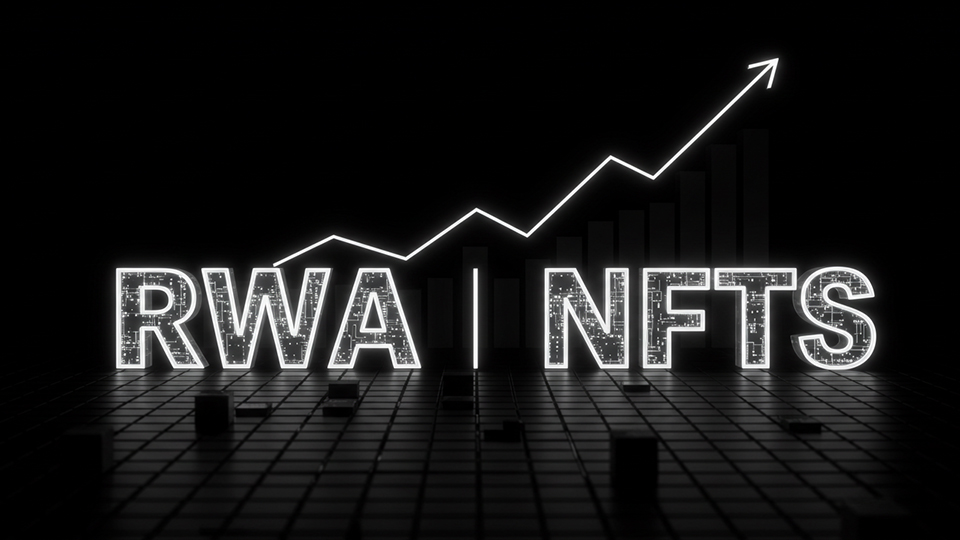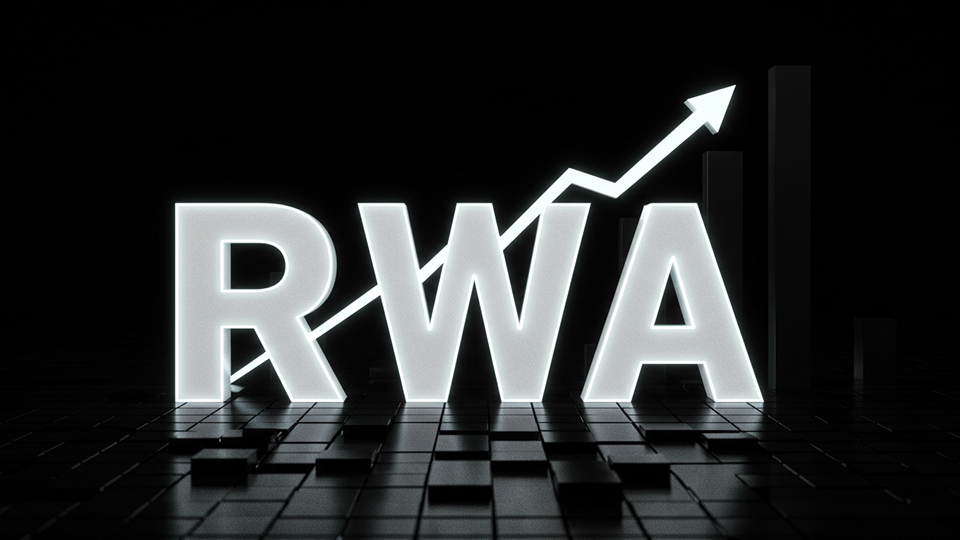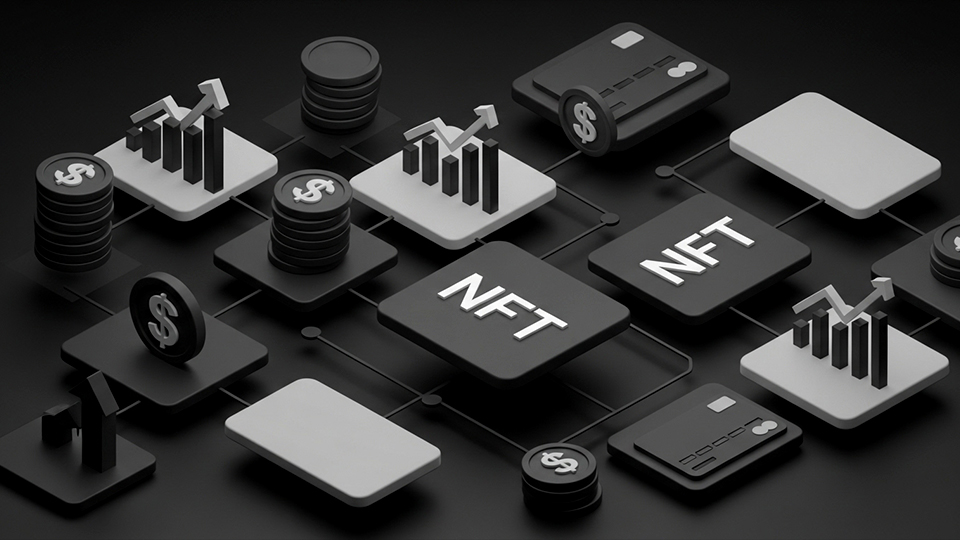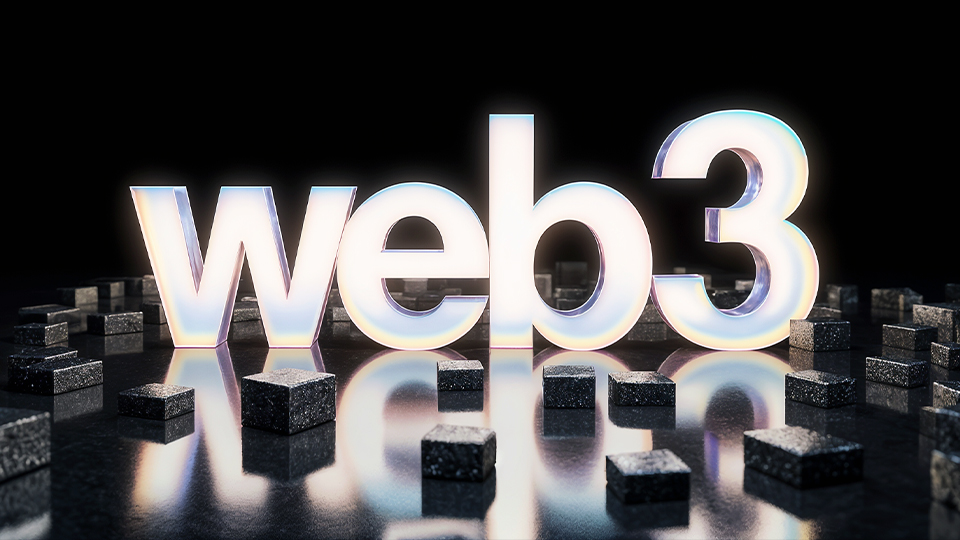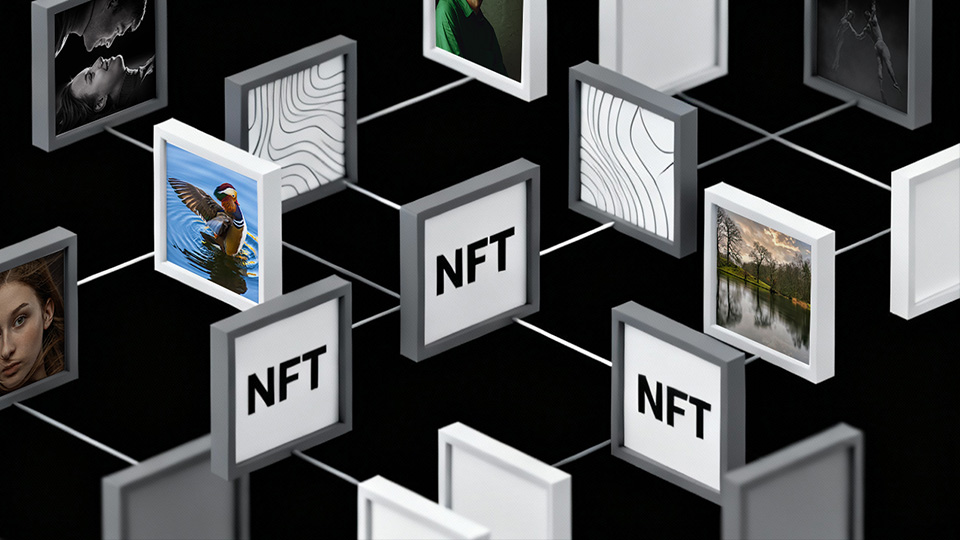Interoperability in Web3: Growth in RWA and NFTs
As blockchain networks grow beyond isolated systems, the ability to connect them meaningfully has become more than a technical challenge, it’s a strategic priority.In particular, two areas, real-world assets (RWAs) and non-fungible tokens (NFTs), stand to benefit significantly from a more connected blockchain space.
What Is Interoperability in Web3?
Interoperability in Web3 refers to the ability of different blockchain protocols and decentralized applications (dApps) to exchange data, value, and functionality across networks. Unlike Web2 platforms, which often operate in silos, Web3 emphasizes open infrastructure and composability. This means users should be able to interact with assets and services across various blockchains without technical barriers or centralized control.
Projects like Polkadot, Cosmos, and Chainlink’s CCIP (Cross-Chain Interoperability Protocol) are developing frameworks to allow decentralized systems to “talk” to each other, aiming to reduce fragmentation and improve accessibility.
Interoperability and Real-World Assets (RWAs)
Tokenizing real-world assets such as real estate, commodities, and financial instruments opens up new opportunities for liquidity, fractional ownership, and 24/7 global markets. However, for RWAs to move freely and be useful across decentralized platforms, they must be interoperable.
Interoperability allows tokenized RWAs to be used in multiple sectors, such as lending protocols, asset management platforms, and secondary markets, regardless of the chain on which they were originally issued. This not only improves asset utility but also supports broader institutional adoption.
The Role of Interoperability in NFT Growth
NFTs are no longer limited to digital art. They now cover gaming assets, music rights, digital identity, and brand loyalty. Yet, the NFT space remains largely fragmented by chain-specific marketplaces and standards.
With interoperability, creators and collectors can mint, trade, and showcase NFTs across various platforms (Ethereum, Solana, Polygon, and beyond) without losing functionality or provenance. This is especially important for use cases like metaverse integration, cross-game assets, and dynamic NFTs that evolve over time.
Why It Matters Now
Interoperability isn’t just a technical upgrade, it’s a foundational requirement for the long-term growth of Web3. As more institutions enter the space and regulatory frameworks develop, the need for seamless cross-chain functionality will only increase. Interoperability ensures that innovations in RWAs and NFTs are not limited by the boundaries of individual chains.
By enabling broader access, improved liquidity, and more efficient infrastructure, interoperability will be a major catalyst for Web3’s continued evolution.

